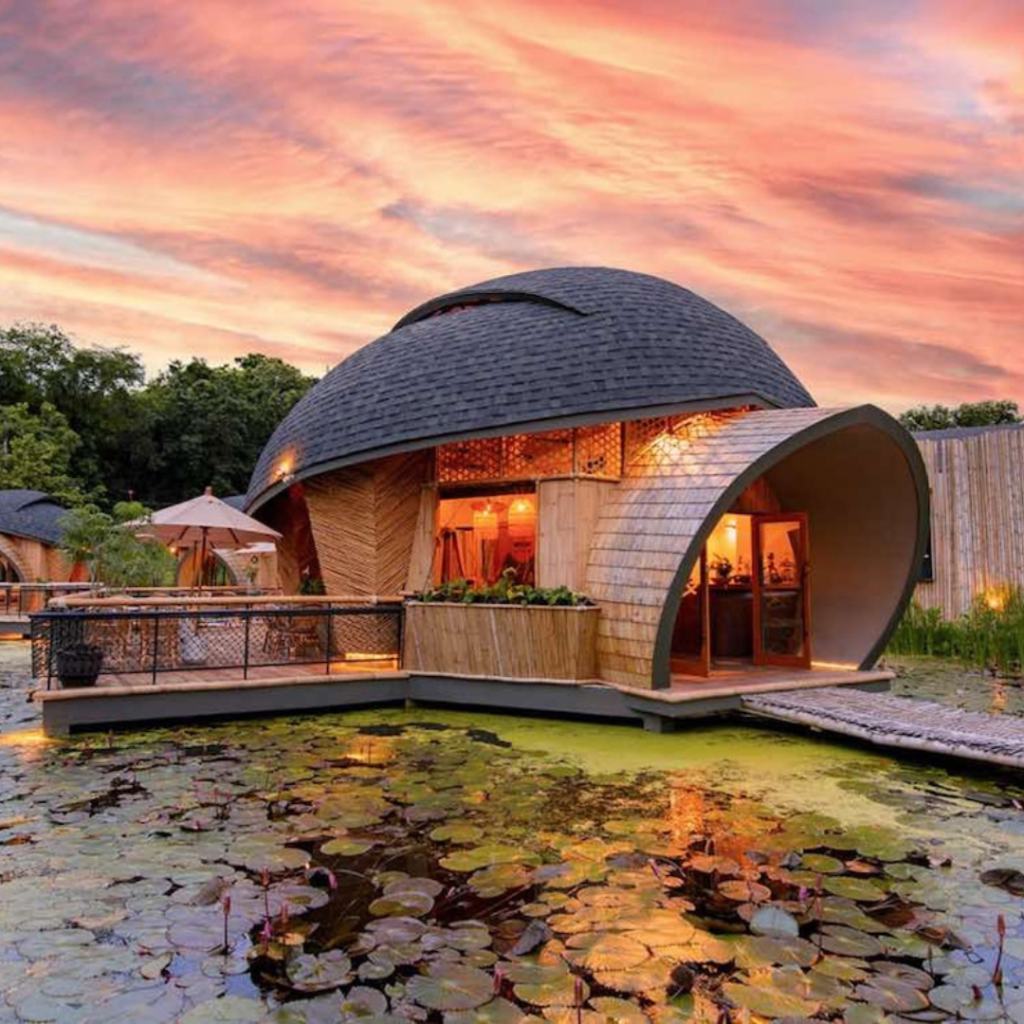
A hotel in Thailand’s Hua Hin is made up of five bamboo bungalows and was built entirely using local materials. The bungalows are situated right on the water of the Khao Tao Reservoir. However, the guest homes that make up the ecotourism attraction known as Turtle Bay offer a slightly more thrilling experience than the standard hotel room does on the whole. The design itself refers to the mythology of the area.
Because turtles never travel backwards or turn around to look in the other direction from where they are moving, they are regarded as a symbol of prosperity and good fortune in Thai folklore. Turtles are a common sight in the area surrounding Hua Hin as well. The reservoir’s name, Turtle Island, is Khao Tao. The new hotel’s architect, Sarawoot Janseng-Aram of Dersyn Studio, came up with the idea to incorporate the site’s history with turtles into the hotel’s overall design.
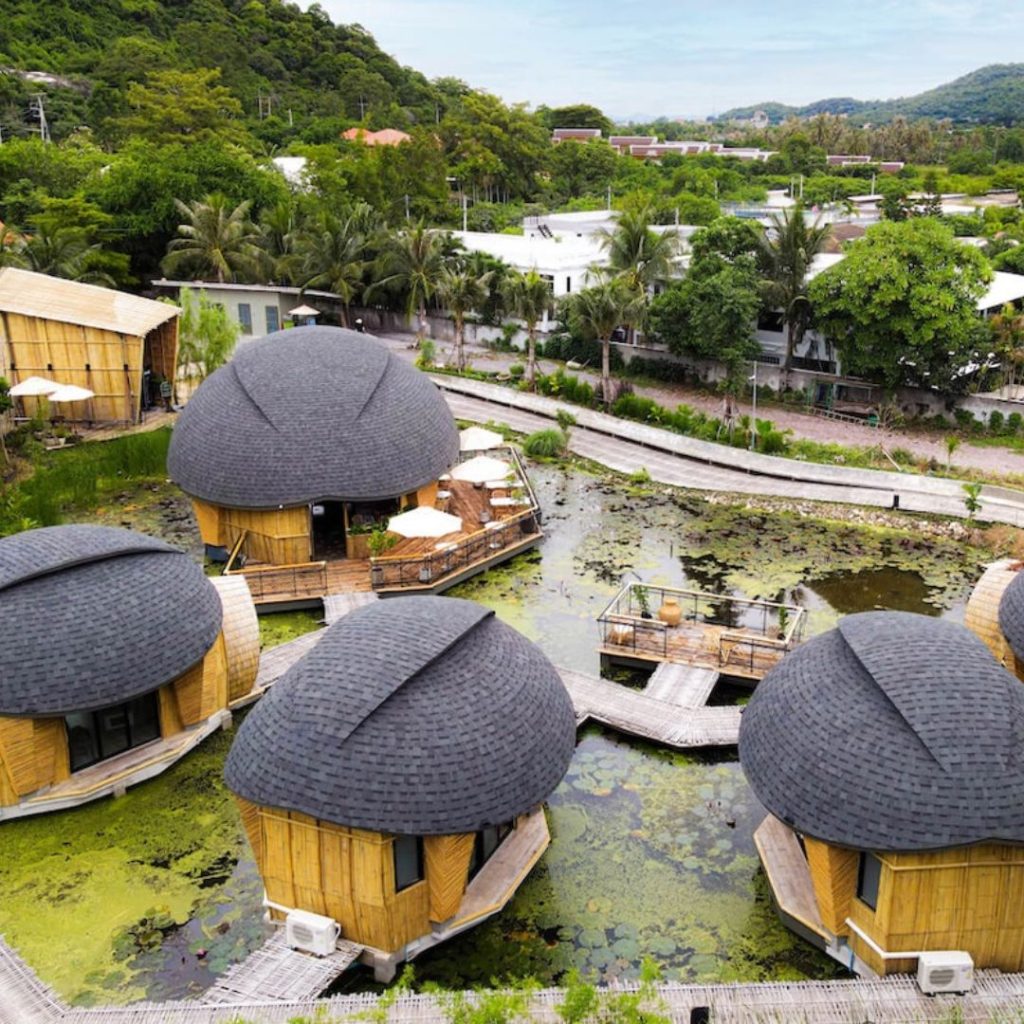
The roof of the structure is coated in dark shingles, giving it the appearance of the protective shell that the animal would have. According to Jansaeng-Aram, the most accurate representation of the nature of the turtle’s shell would be provided by the texture and overlap of the material. The abundant and environmentally friendly techniques of building with bamboo and the method for keeping the cabin’s interior at a comfortable temperature were both sources of inspiration for the design of the building’s architecture.
The use of “poon-tum,” a local construction material frequently employed in the construction of ancient temples, is one remarkable example of how the design integrated environmentally responsible building practices with regional expertise. The structure of the buildings and the unique selection of materials played a part in making the overall project more environmentally friendly. Jansaeng-Aram designed the inside to have expansive areas with high ceilings and windows strategically placed to provide natural airflow and keep the rooms at a comfortable temperature. At night, parts of Turtle Bay are illuminated by lighting powered by electricity generated by solar-panels installed on the roof-tops of some of the bungalows.
Keep scrolling to view different aspects of the resort in the form of images. Check out the website of Turtle Bay for additional details on this one-of-a-kind destination for ecotourism.
Turtle Bay’s ecotourism destination in Thailand comprises five floating bamboo bungalows that pay homage to the local community’s traditions.
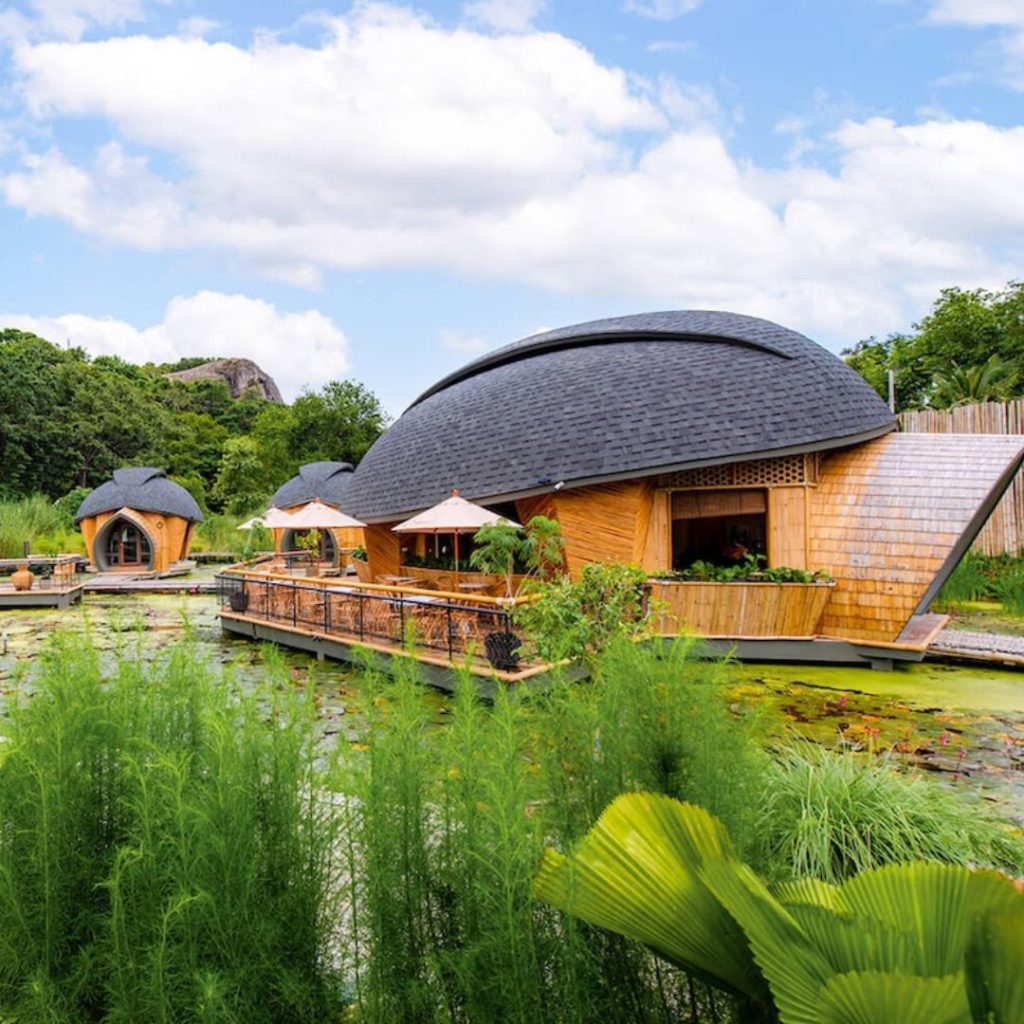
The shape of the turtles themselves served as inspiration for the design of each house.
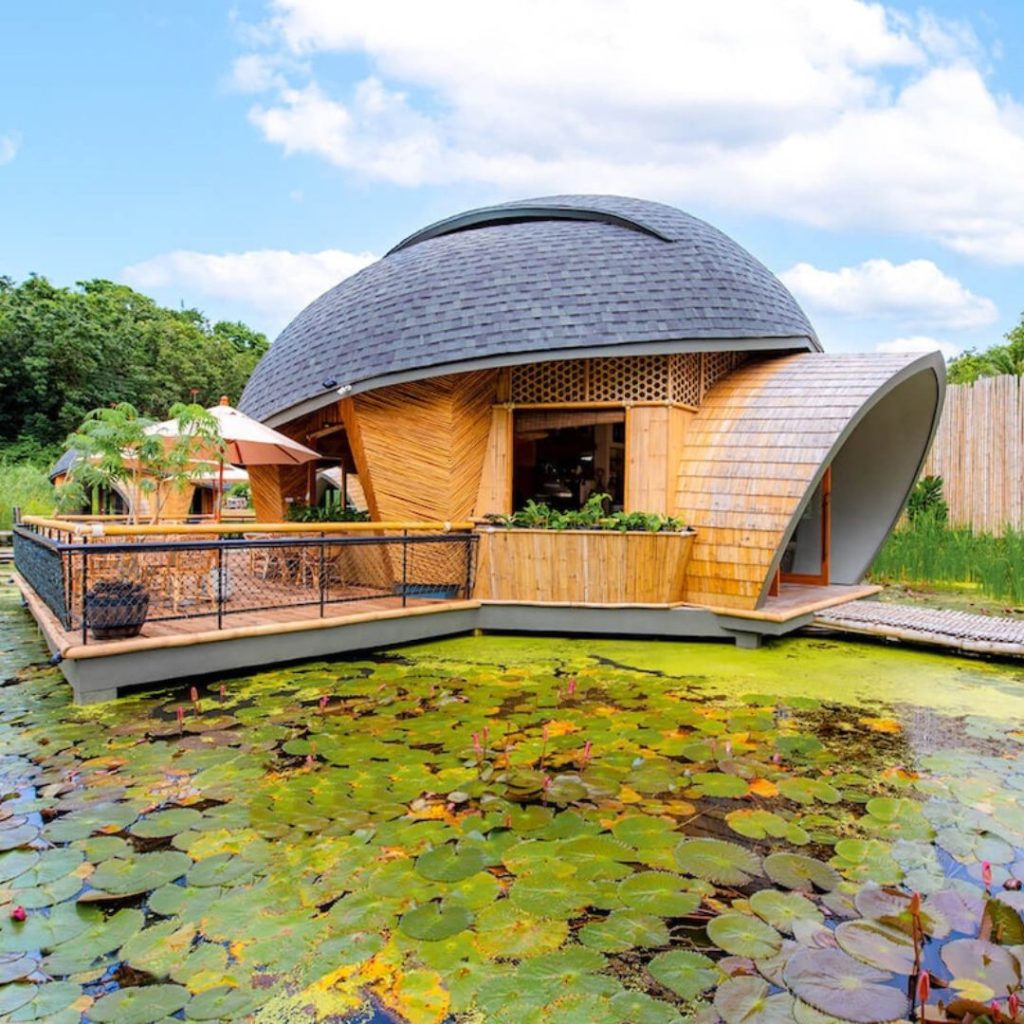
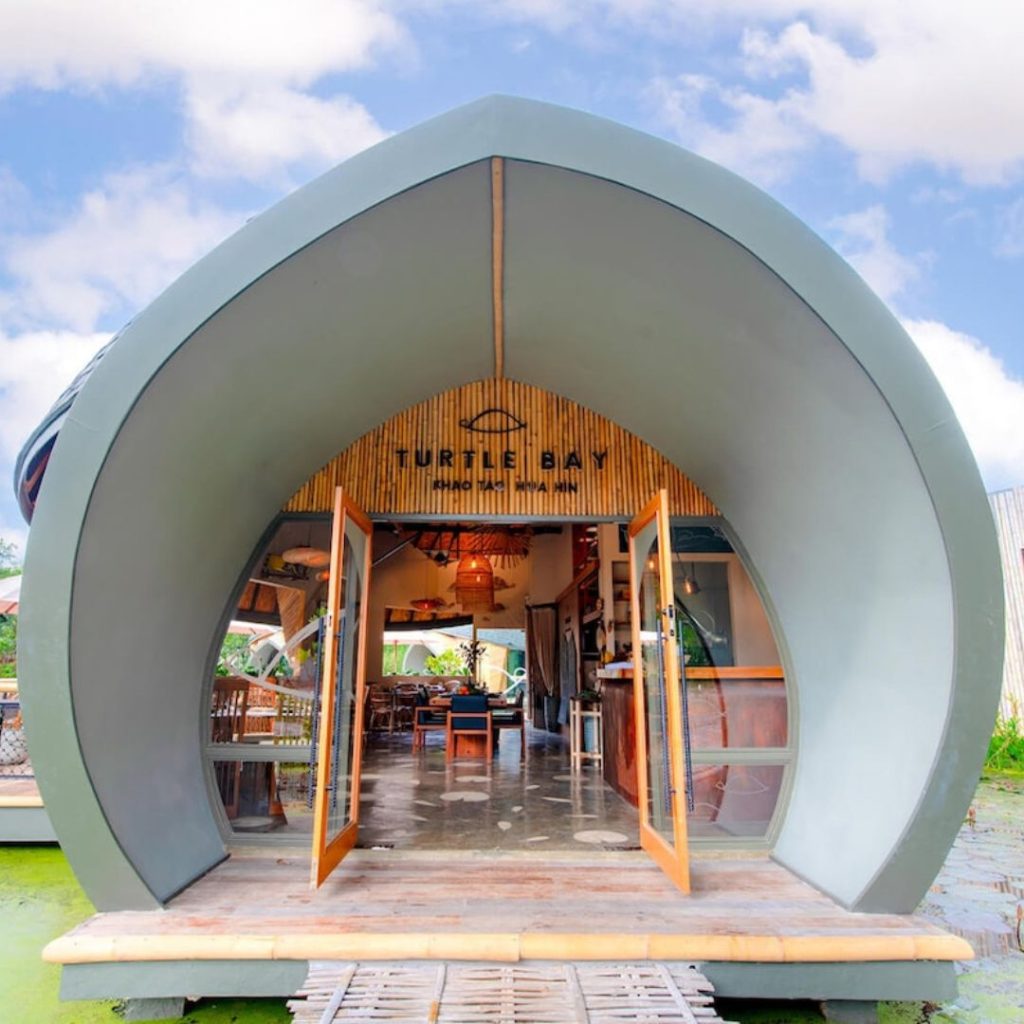
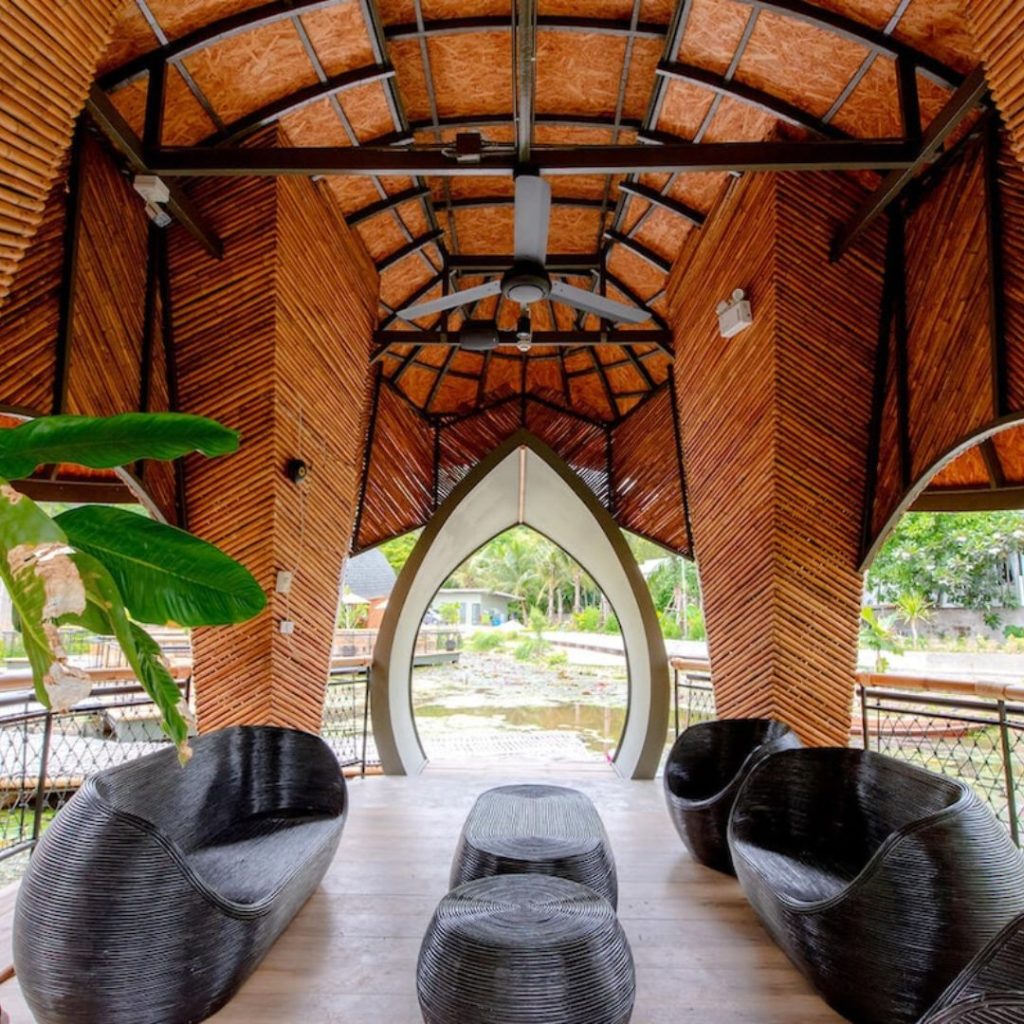
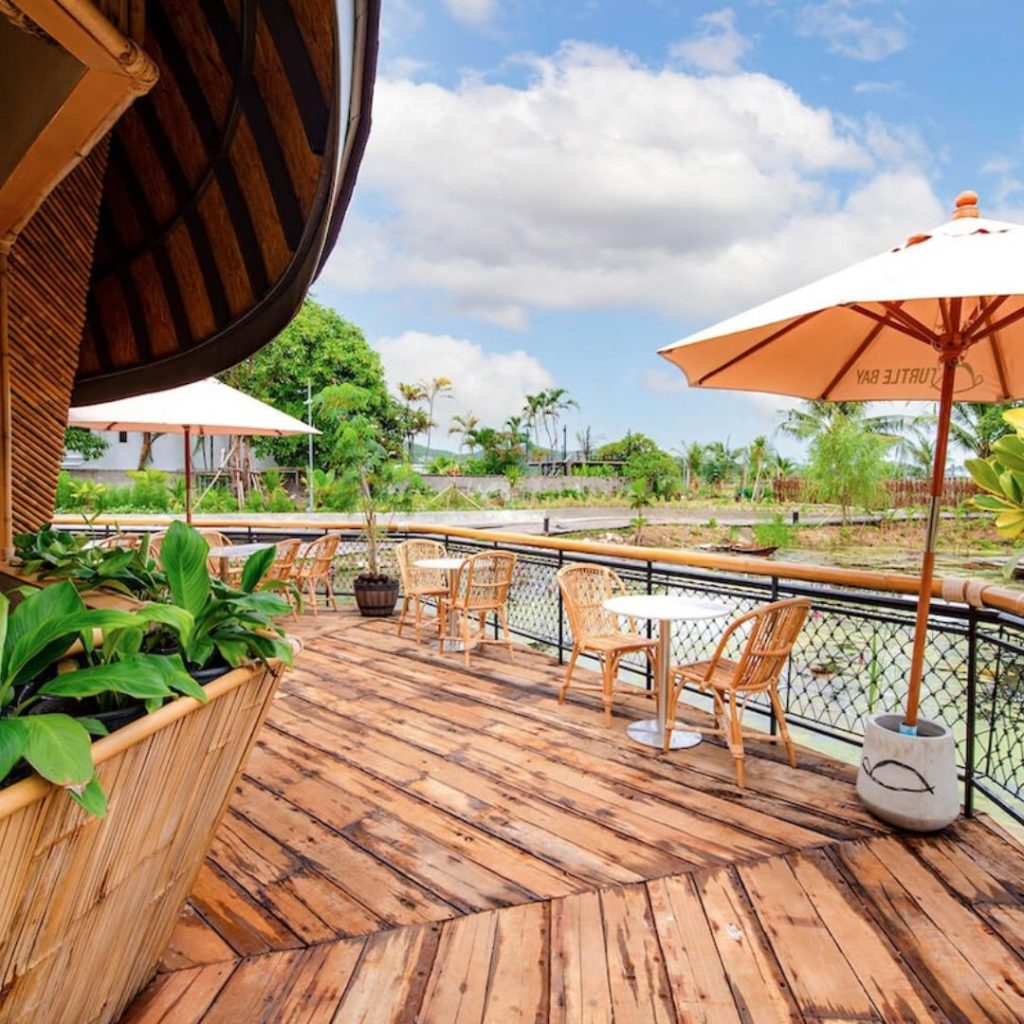
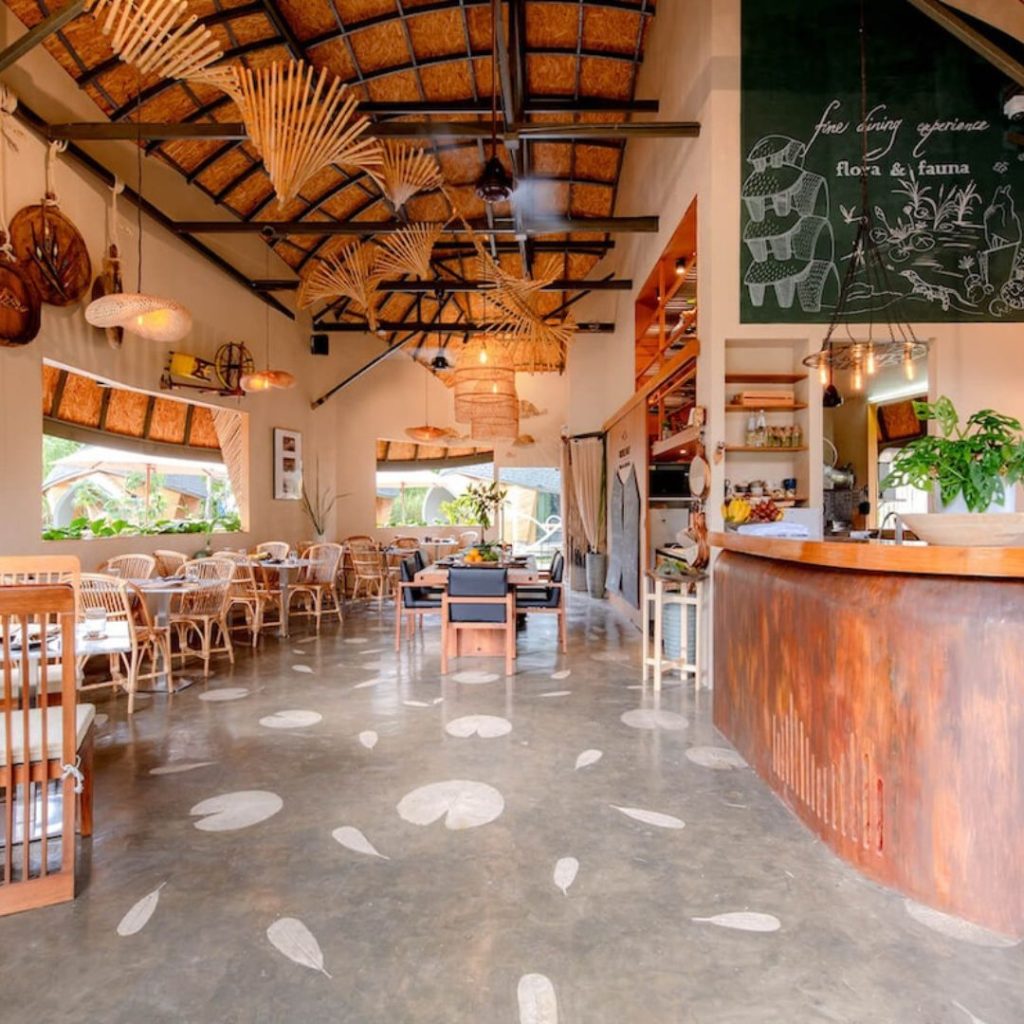
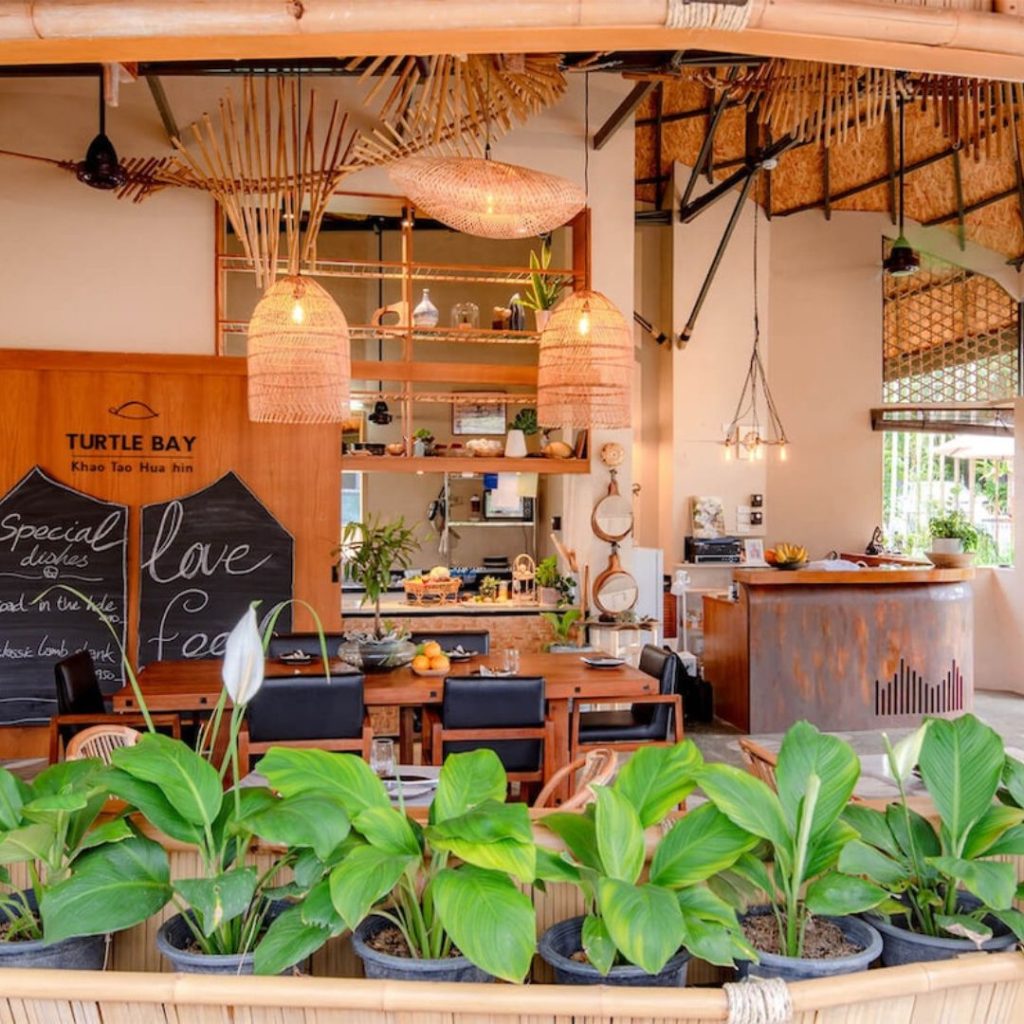
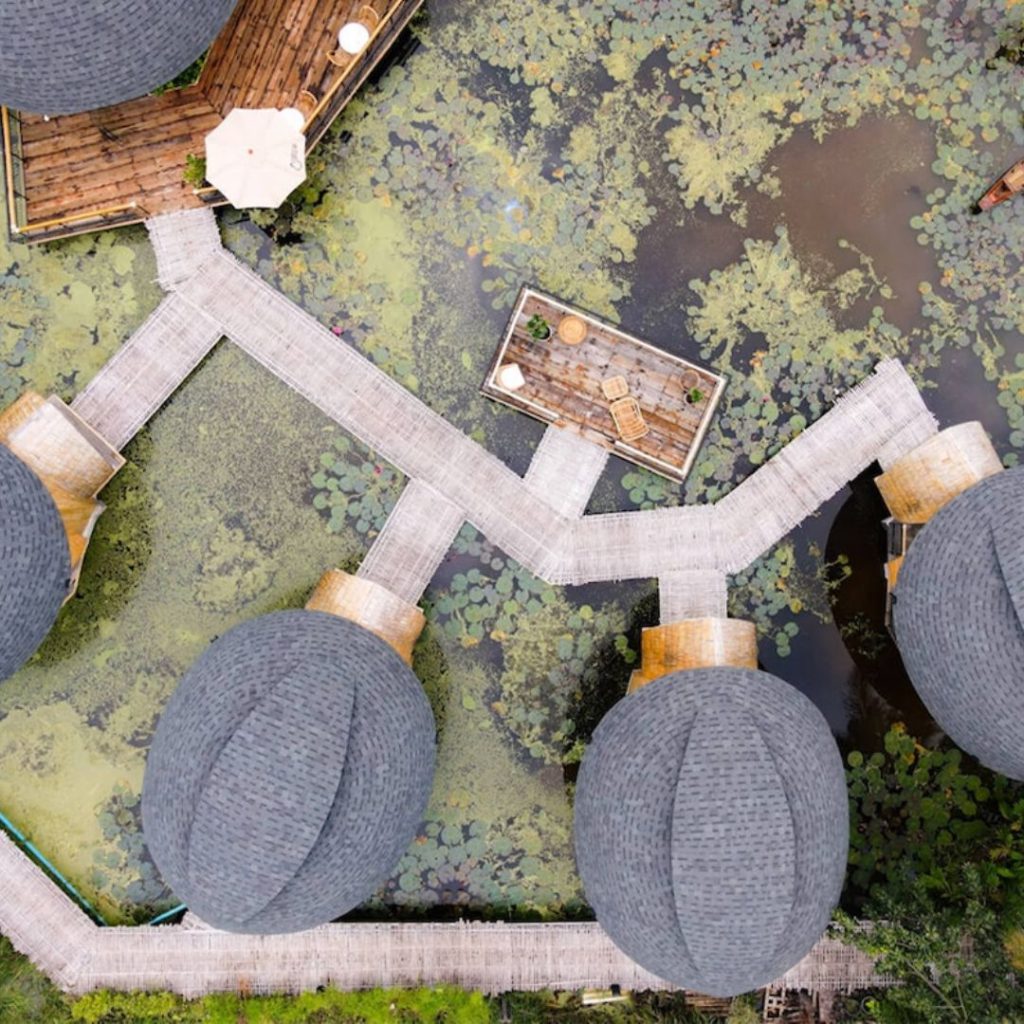
Dersyn Studio: Website | Instagram | Facebook
Turtle Bay Hua Hin: Website | Instagram | Facebook | Twitter | YouTube
Could you go and check my other article also?










